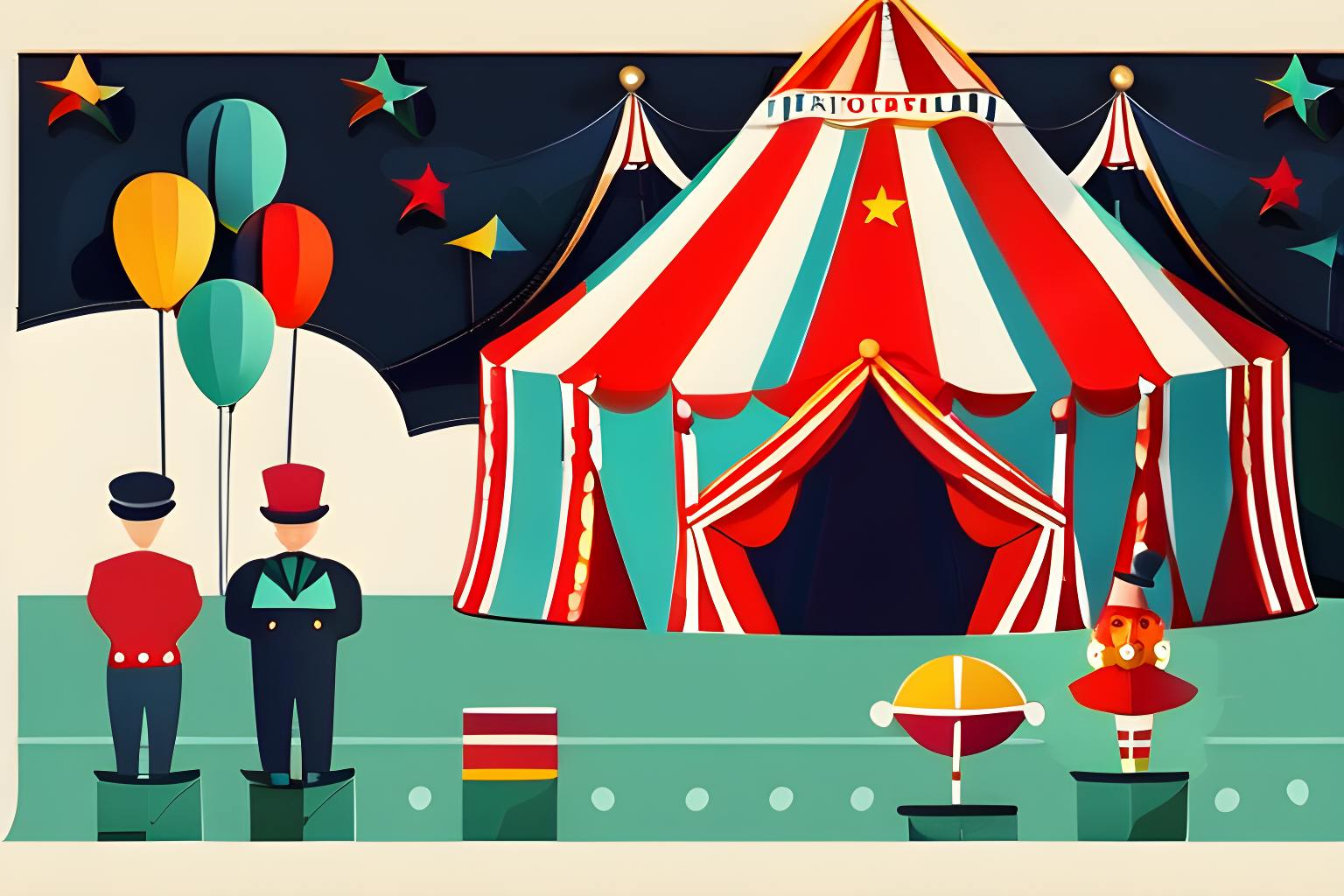BLEISTEIN v. DONALDSON LITHOGRAPHING CO. 239 Court Filing, retrieved on September 29, 2023 is part of HackerNoon’s Legal PDF Series. You can jump to any part in this filing here. This part is 2 of 4.
Argument for Defendant in Error
Mr. Edmund W. Kittredge, with whom Mr. Joseph Wilby was on the brief, for defendant in error, contended that the plaintiff in error was not entitled to copyright. The evidence established that these three prints were ordered by B. E. Wallace, proprietor of the circus known as the "Wallace Shows," under contract with him as an 'advertisement for his show, and they have never been made for anybody else. All of these pictures purported to be representations of acts to be done in the Wallace Shows, and all were made under a representation by Wallace, expressed on the face of the pictures, that his show was going to do these things. All these posters contain reading matter indicating that these were pictures of acts to be done in the Wallace Shows, and they all included pictures of Mr. Wallace himself.
They were prints and the copyright inscription was insufficient. But for the provision in the first clause of this act the inscription, "Copyright, 1898, Courier Litho. Co., Buffalo, N. Y.," would have been fatal to the plaintiffs' right of action. Thompson v. Hubbard, 131 U. S. 123. The inscription prescribed by section 4962 of the Revised Statutes was otherwise indispensable to the maintenance of an action for the infringement of a copyright. The notice given on each one of these pictures was that authorized by the act of June 18, 1874. Having thus availed themselves of the provisions of this act, clearly the plaintiffs are not in position to claim that the pictures are not covered by its provisions. Again, if these pictures were chromos, and not prints, cuts or engravings, then under the allegations of the petition they were not admissible in evidence because they were not in support of the allegations of the petition. As to what a chromo is and how statute should be construed, Yuengling v. Schile, 12 Fed. Rep. 107; Bolles v. Outing Company, 175 U. S. 262; Thornton v. Schreiber, 124 U. S. 612; Rosenbach v. Dreyfuss, 2 Fed. Rep. 217; Ehret v. Pierce, 10 Fed. Rep. 554; S. C., 18 Blatch. 302; Schumacher v. Wogram, 35 Fed. Rep. 210; Higgins v. Kueffel, 140 U. S. 428. As to advertisements and copyrights, citing Cobbett v. W1oodward, L. R. 14 Eq. 407, cited with approval by this court in Baker v. Selden, 101 U. S. 106; Clayton v. Stone & Hall, 2 Paine, 392; Mott Iron Works v. Clow, 82 Fed. Rep. 216.
There was no evidence tending to show that the plaintiffs themselves, or either of them, were the authors of these prints. It was claimed that they were the proprietors because, as they also claimed, the design or conception was that of their employ~s, working for them, under salaries, and that their designs were the property of the employer. If they were not themselves the authors, then it was incumbent upon them to allege how they acquired title as proprietors from the author, inventor or designer. Lithographic Co. v. Sarony, 111 U. S. 53; Nottage v. Jackson, 11 Q. B. D. 627; Atwell v. Ferret, 2 Blatch. 46; Bimias v. Toodworth, 4 Wash. 0. 0. Rep. 48; Black v. Allen Co., 42 Fed. Rep. 618; S. C., 56 Fed. Rep. 764; Press Pub. Co. v. Falk, 59 Fed. Rep. 524; Pollard v. Photograph Co., 40 Oh. Div. 345; Mloore v. Rugg, 46 N. W. 141 ; Dielman v. White, 102 Fed. Rep. 892; Parton v. Prang, 3 Clifford, 537; -Little v. Good, 2 Blatch. 166.
It is incumbent upon the plaintiffs, in a case like this, for the recovery of penalties, to allege and to prove as alleged, every fact essential to the validity of their copyright. Jones v. Van Zandt, 5 How. 372.
The copyright law does not protect what is immoral in its tendency. A print representing unchaste acts or scenes calculated to excite lustful or sensual desires in those whose minds are open to such influences, and to attract them to witness the performance of such scenes, is manifestly of that character. It is the young and immature and those who are sensually inclined who are liable to be influenced by such scenes and representations, and it is their influence upon such persons that should be considered in determining their character. Broder v. Zeno Mauvais Music Co., 88 Fed. Rep. 74; Dunlop v. United States, 165 U. S. 501; Martinetti v. Maguire, Fed. Cases, No. 9173, The Black Crook case.
Continue Reading Here.
About HackerNoon Legal PDF Series: We bring you the most important technical and insightful public domain court case filings.
This court case 2023-0409 retrieved on September 29, 2023, from tile.loc.gov is part of the public domain. The court-created documents are works of the federal government, and under copyright law, are automatically placed in the public domain and may be shared without legal restriction.

